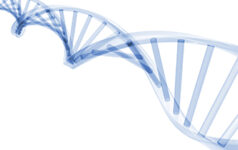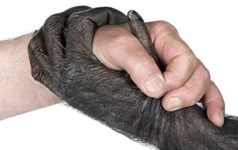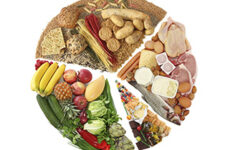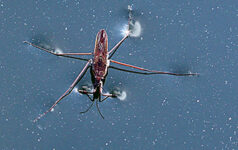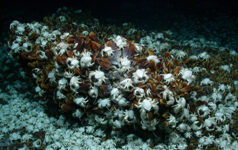Single molecules under the microscope
Would it not be fascinating to observe and manipulate individual molecules? Patrick Theer and Marlene Rau from the European Molecular Biology Laboratory explain how, with an atomic force microscope, you can do just this. You could even build your own.















